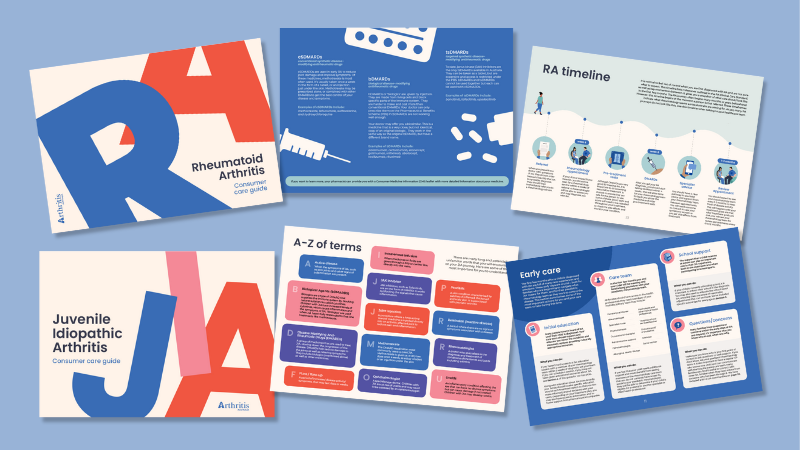

In mid-March 2020, the Australian Government rapidly started introducing measures to allow Australians to access many medical and allied health services from home. These measures have had a significant impact on limiting the spread of the coronavirus.
A recent report by online booking app HealthEngine represented a snapshot of the early telehealth experience from HealthEngine’s perspective working with 730 GP practices as well as four established and dedicated virtual care providers. The report showed that telehealth accounted for 15 per cent of overall GP appointment bookings during the April-June 2020 timeframe.
The top reasons identified in the report for patients selecting telehealth for their GP appointments were:
- To avoid contact with people due to COVID-19 (59 per cent)
- It was the only option available (27.9 per cent)
- To save travel/waiting time (27.6 per cent)
- Better appointment availability (19 per cent)
- Other reasons included inability to travel to a GP, urgency, cost factors, prescription requests or repeats and referral updates.
These figures indicate that there are many benefits to patients for using telehealth services for reasons other than COVID-19. However, it seems that many of us are not seeking the care we need to manage our chronic conditions effectively during this time.
Continuity of Care
The Continuity of Care Collaboration (CCC) is an Australian-first national communication collaboration of 32 industry and healthcare organisations that have come together to stress the importance for people to continue monitoring their health and maintaining their regular medical care.
The group formed amid “mounting concerns that Australians are not maintaining their regular doctor visits for existing chronic conditions and/or putting off seeing their doctor to get a test, investigation, or immunisation due to fears of contracting COVID-19 or burdening the health system.”
The CCC shared the results of a survey they had conducted over four weeks during May and June and the results were concerning.
- 52 per cent of respondents had delayed or avoided a medical appointment.
- 41 per cent of respondents had a wide range of health conditions and/or multiple health conditions.
- 28 per cent found telehealth could be difficult to use due to technology or access to internet/phone.
- 23 per cent were worried they could be breaching lockdown rules to attend a non-COVID-19 health appointment.
Both medical and allied health services play an important role in maintaining our general health, providing continuity of care and helping us prevent further medical complications. Therefore, the longer you can keep attending such appointments, the better. CreakyJoints Australia joins the CCC in urging people to keep a close watch on their ongoing health care and maintenance, and to not allow the ongoing COVID-19 crisis to prevent this crucial healthcare activity.
Not only will this help you to manage your chronic condition and avoid an escalation in symptoms it will also help reduce pressure on our healthcare system as restrictions ease across the country.
About the Current Telehealth Items Related to COVID-19
The measures are outlined on the Medical Benefits Schedule (MBS) Online website: COVID-19 Temporary MBS Telehealth Services.
The MBS items continue to be updated as the situation evolves. The current items include consultations that take place either via telephone or via suitable video apps. A service may only be provided by telehealth where it is safe and clinically appropriate to do so.
The current temporary telehealth MBS items are a substitute for some face-to-face consultations available under the MBS. These items have similar requirements to normal timed consultation items.
Telehealth services include any type of consultation suitable to this form of service. Providers do not need to physically be in their regular practice to provide telehealth services.
Health providers currently authorised to supply some or all of these services include (but may not be limited to):
- General practitioners
- Medical specialists (such as rheumatologists, endocrinologists, obstetricians and cardiologists)
- Consultant physicians
- Nurse practitioners
- Consultant psychiatrists
- Psychologists and clinical psychologists
- Selected allied health professionals (such as dieticians, physiotherapists, occupational therapists and social workers)
Please note: Video or phone consultations are ideal if you need verbal advice or a repeat prescription but not a physical examination or another face-to-face service such as an injection. If you do need to see your health provider in person this is generally still an option. Providers always put the health of their patients and staff first and they must all comply with strict COVID-19 hygiene and social distancing guidelines.
Telehealth services are currently available to all those with a Medicare card. GPs must bulk bill standard telehealth appointments for Commonwealth concession card holders, children under 16 years old and patients who are more vulnerable to COVID-19. GPs may apply their usual billing practices for telehealth services for patients who do not fit the above criteria. All other health providers may apply their usual billing practices for all telehealth services.*
Providers are expected to obtain informed financial consent from patients prior to providing the service; providing details regarding their fees, including any out-of-pocket costs.
On 20 July 2020, it became a legislative requirement that GPs and other medical practitioners working in general practice can only perform a telehealth or telephone service where they have an existing relationship with the patient. There are limited exemptions to this requirement.
The current telehealth services will be available until 30 September 2020. The continuing availability of these services will be reviewed prior to 30 September 2020. There is strong industry and community support for the services to continue and to be refined and expanded.
What Other Types of Health and Support Services Can I Access From Home?
As a result of the COVID-19 restrictions, many allied health and fitness providers have set up online exercise classes via platforms like Facebook live or Zoom. Some of these may be free. However, if it is within your means, please consider paying for online classes like those provided by BJC Health Connected Care to help the providers remain financially viable.
Peer support groups for disability and chronic health conditions are always a valuable way to connect with others in similar situations to you. During the current pandemic, they are even more important as your health issues haven’t stopped while the rest of the world has. Many groups are continuing to run online or via telephone while restrictions are in place, so now might be the perfect time for you to find one that suits you.
Finally, don’t forget to look after your mental health during this uncertain time. The Beyond Blue website has an extensive list of National helplines and websites you can turn to for support and advice at any time.
Where Can I Get More Information?
CreakyJoints Australia has been publishing a comprehensive series of articles about COVID-19 and how it affects those with chronic illness over the last few months. New content is being added regularly.
- Australian Government healthdirect: Coronavirus (COVID-19)
- Australian Government Department of Health: Coronavirus (COVID-19) resources
- Australian Government Department of Health: Coronavirus (COVID-19): National Health Plan Resources
- Australian Government Department of Health: Coronavirus (COVID-19) – Stay informed through the coronavirus app
- Australian Government Department of Health: Advice for people at risk of coronavirus (COVID-19)
- World Health Organisation: Novel coronavirus 2019
- People with Disability Australia: Information About COVID-19 Or Coronavirus
- Ideas Australia: Disability Information Helpline 1800 643 787
- Every Australian Counts: NDIS and the Coronavirus
- National Disability Insurance Scheme (NDIS): Coronavirus information
Note: This information should never replace the information and advice from your treating doctors. It is meant to inform the discussion that you have with healthcare professionals, as well as others who play a role in your care and wellbeing.
If you have general questions related to COVID-19, contact the Australian Government Department of Health: Coronavirus Health Information Line 1800 020 080
*Apology: When this post was updated on 7 August 2020, this paragraph stated that all health practitioners must bulk-bill all telehealth services for Commonwealth concession card holders, children under 16 years old and patients who are more vulnerable to COVID-19. That information was not accurate and the paragraph was amended on 30 August 2020.
Further Reading
- Chronic Health Conditions and COVID-19 Face Mask Regulations in Australia
- Important Information From the Australian Rheumatology Association About COVID-19
- Coronavirus: All You Need to Know About Getting Tested for COVID-19
- How To Run A Peer Support Group From Home During The COVID-19 Lockdown
- Exercise Is Critical for My Arthritis Pain. When COVID-19 Messed Up My Regimen, Here’s How I Fixed It




